Editorial: Bailout Watch 243: The Bottom Line. For Now.
The tone at today’s nearly six-hour congressional hearing on the auto industry bailout was markedly different than the now-infamous hearings of 11/18. Last time ’round, the automakers thought they were flying walking into a bailout-friendly environment, and maintained their PR-fluffed facade of a few good companies who had fallen on hard times and needed a hand to reach a glorious, fuel-efficient future. And though several representatives laid into the CEOs and their companies, those bashes were little more than populist sound and fury, signifying nothing. Today’s hearing was by no means devoid of politicking or disingenuousness, but a new sense of urgency was palpable. And for good reason. With Senators still far from a consensus, the automakers and their sidekicks had to abandon their long-held preferences in favor of the best available outcome. After all, saying “bankruptcy is not an option” only works when everyone agrees with you.
The seeds of an eventual outcome were sown by the first witness. GAO Comptroller General Gene Dodaro testified that collateral and an oversight board would be necessary in any publicly-funded outcome. Dodaro agreed with Chairman Chris Dodd (D-CT) that there was nothing in the Troubled Asset Relief Program (TARP) specifically preventing a manufacturing bailout. What’s more, the Federal Reserve has the authority to issue loans
Nardelli, Mulally and Wagoner must have felt considerable relief. Straight out of the gate, the question “if” was conspicuous by its absence. All conversation centered on “how.” In later testimony, all three CEOs agreed to any form of oversight the government wanted to impose short of a 350 lbs. minder. On the table: a 1979-Chrysler-style board or a single “car czar,” as suggested by Sen Chuck Schumer (D-NY). Yeah, sure, whatever.
And then the issue of collateral reared its ugly head. As in “what can you give us if we give you $34b?” The issue was discussed at great not to say interminable length. As the scope of Detroit’s indebtedness was examined, it became clear that the auto execs couldn’t promise anything more than some level of debt seniority.
Since everyone in the hearing room had agreed in principle to a government oversight body, the questions soon turned to restructuring and long-term viability.
Chrysler was treated to a withering analysis by (among others) Sen Bob Corker. The Tennessee republican pointed out that part of Chrysler’s viability plan depended on “getting married” to some other firm. Though Nardelli insisted that this meant getting contract work building Routans and Titans, Corker dismissed the equivocation saying “nobody alive thinks Chrysler is viable on its own.” He noted ChryCo is a “portfolio company” in a private equity fund that refuses to rescue it. This highly necessary statement of the obvious eventually brought back discussion of a possible GM-Chrysler “merger.”
Nardelli jumped on this. He trumpeted the fact that any such a merger would save $10b to $20b per year. Wagoner agreed that savings were there, but said that short-term cash flow needs had taken priority over the merger. When asked if they would support a merger if it was a condition of loans, Nardelli said that even though his job would be “the first to go,” he was willing to make that sacrifice to save the company.
This unexpected display of honor was a subtle but powerful tipping point in the proceedings. It was easily the most public display of vulnerability by any of the executives. For the first time, there was a real understanding that Detroit was no longer negotiating, but supplicating.
Not long after this astonishing display, Sen Corker again had the floor. He worked steadily towards a compromise based on reality. He pointed out that Gettelfinger could not force his union brothers to accept any sacrifices unless “bankruptcy is the endgame.” His solution: force the UAW to reduce its labor costs to transplant levels and turn at least half of VEBA into equity and get GM bondholders to drop their debt at 30 cents on the dollar by March 31, at which point the federal government would assume debtor-in-possession financing for a reorganization. He also recommended that Chrysler merge with GM.
This appears to be the consensus exiting the meeting. Which means that Cerberus faces a choice of either liquidating Chrysler or merging with GM. Ford will have to survive until retooling loans come available, although there is some chance they’ll get a small credit line with some restrictions.
Meanwhile, General Motors and the United Auto Workers face about 30 years worth of necessary change in just under four months, still absent any guarantees that they’ll even survive that long. There will be further testimony at tomorrow’s hearings before the House Financial Services Committee. TTAC will be watching.
More by Edward Niedermeyer
Latest Car Reviews
Read moreLatest Product Reviews
Read moreRecent Comments
- Jeff Maybe one day automatic braking will be better sorted out but as others have stated there are too many false alarms and those false alarms could get one rear ended. I agree about the tire pressure monitoring systems when the batteries go out on the sensors they don't work and they are never meant to last forever. Just buy a good tire gauge and learn how to check the tire pressure and put air in your tires.
- Carson D The funding is so they can travel to China to find manufacturers for their parts.
- Carson D 1996 OBD-II was a good set of regulations. Everything after that has been a net negative.
- ABC-2000 I just got a 2024 Crosstrek, first car for me that require 6000 K or 6 month service, I have been told I better follow that schedule if i actually want to keep it.In the last consumer reports survey, it was the only car that got 99 points for reliability, let's hope they are right (:-)
- Jeff I am going to agree with Tim knobs and buttons but I realize that is low tech but much safer than scrolling thru a screen to reset your interior temperature or to turn off the radio. Also bring back the mechanical parking brake instead of the electronic one.


















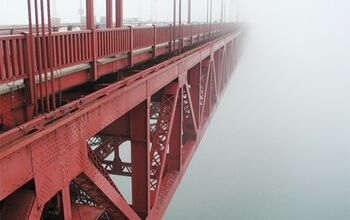
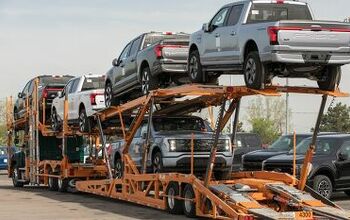

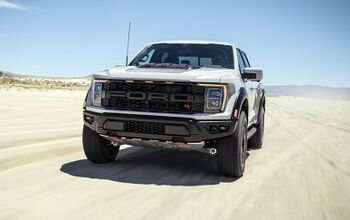
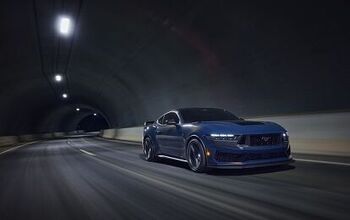


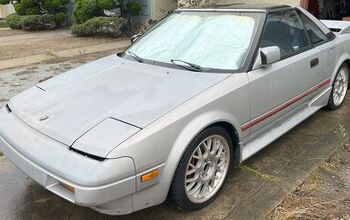

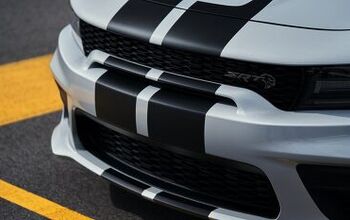

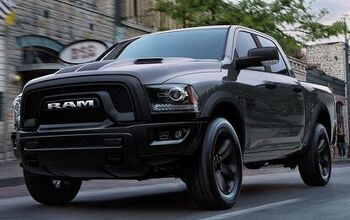
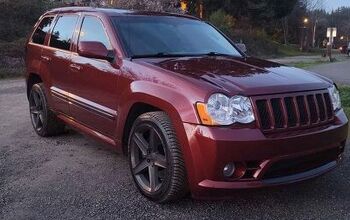
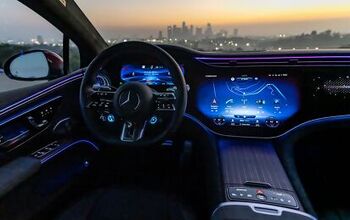
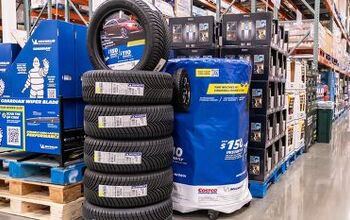

Comments
Join the conversation
Regarding the handful of posts that say Nardelli > Wagoner... And post merger Nardelli should run the GM/Chysler show... WTF Nardelli was FIRED from GE Nardelli was FIRED from Home Depot and Nardelli will be FIRED from Chrysler. It took Rick over 10 years to wreck GM, Nardelli wrecked the Depot and Mopar in about 24 months. Yes he is much more efficient then Rick... He wrecks companies FAST... As a CEO he sucks... wherever he lands after he leaves Chrysler... SHORT that company... you will make a MINT!